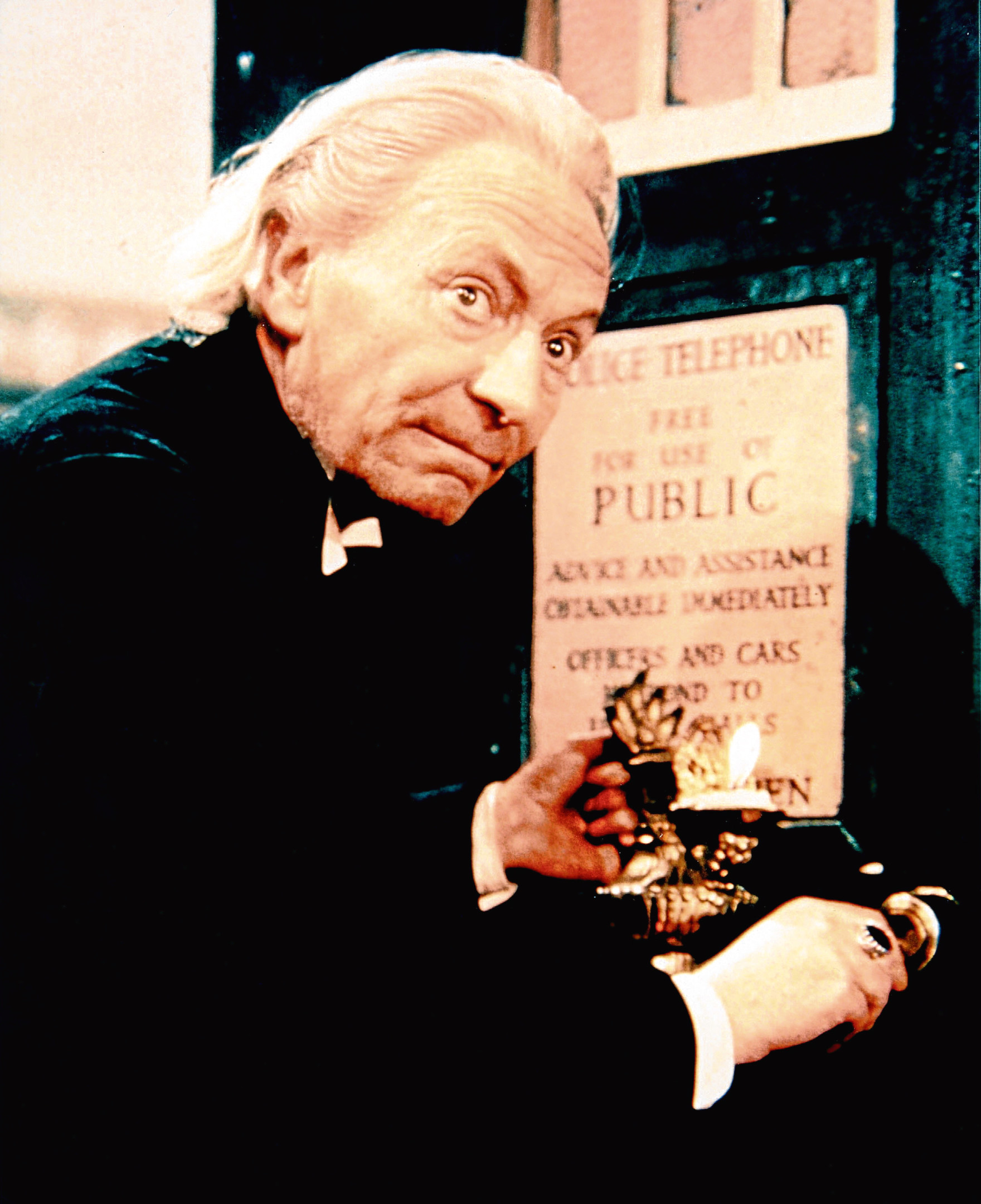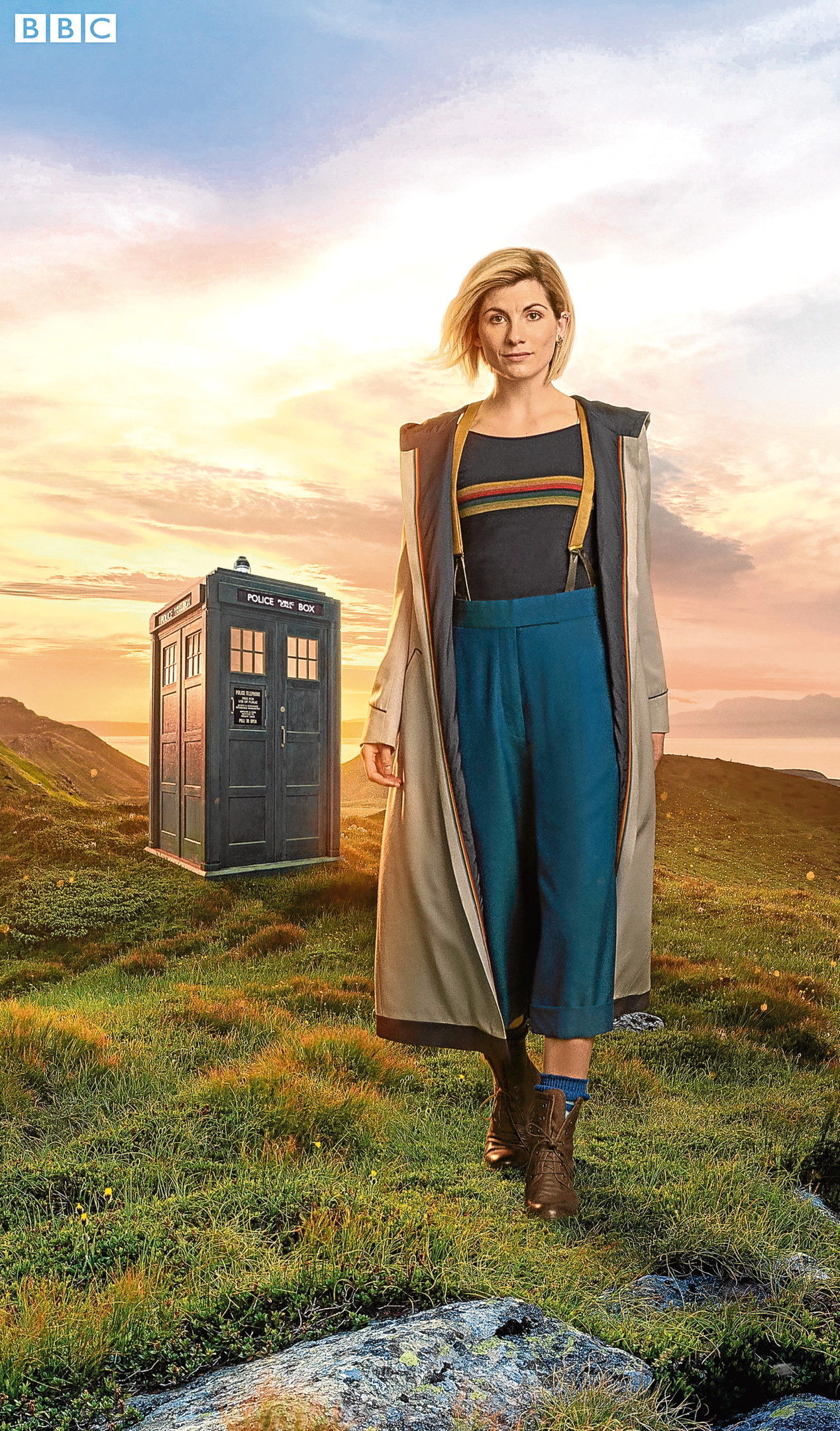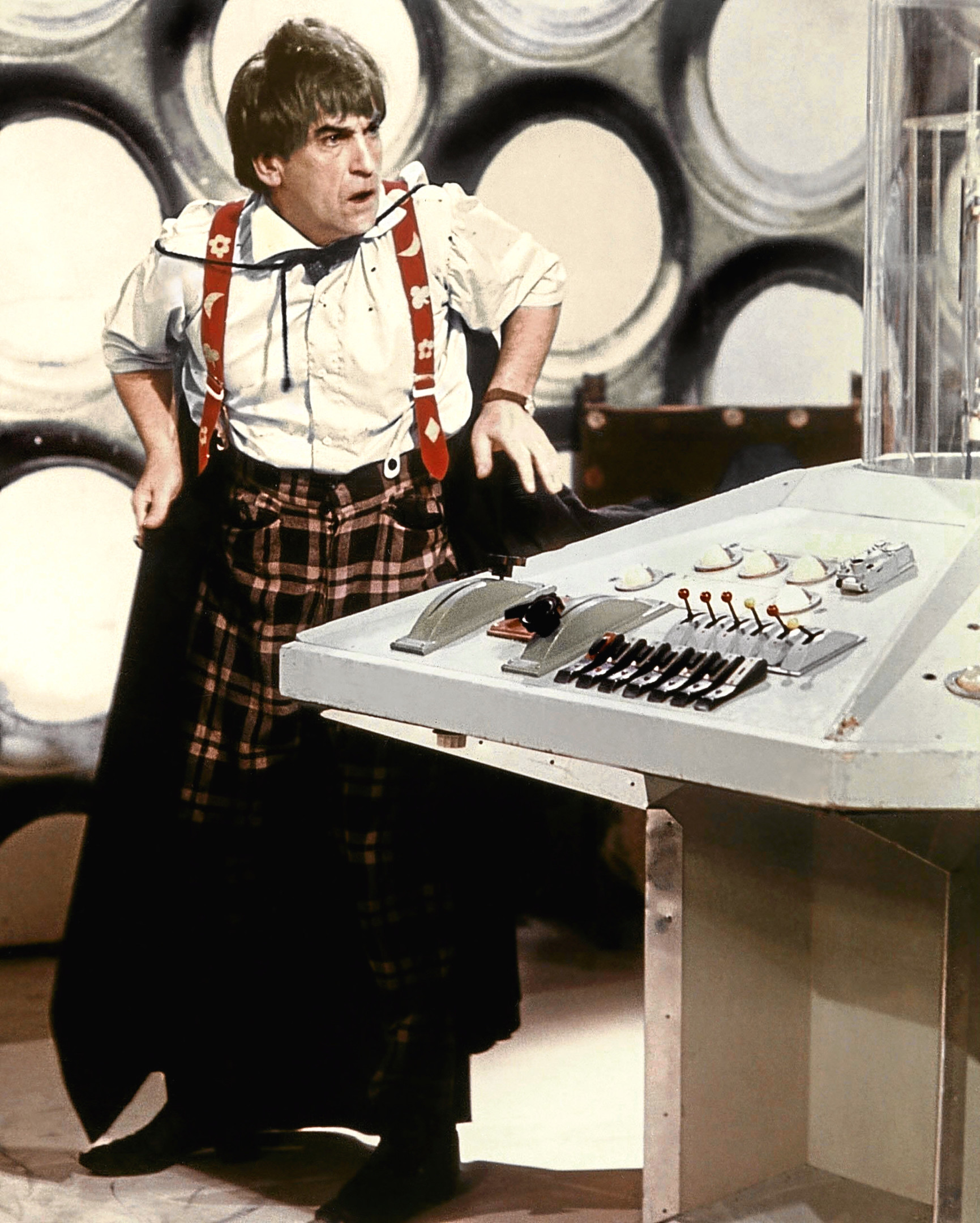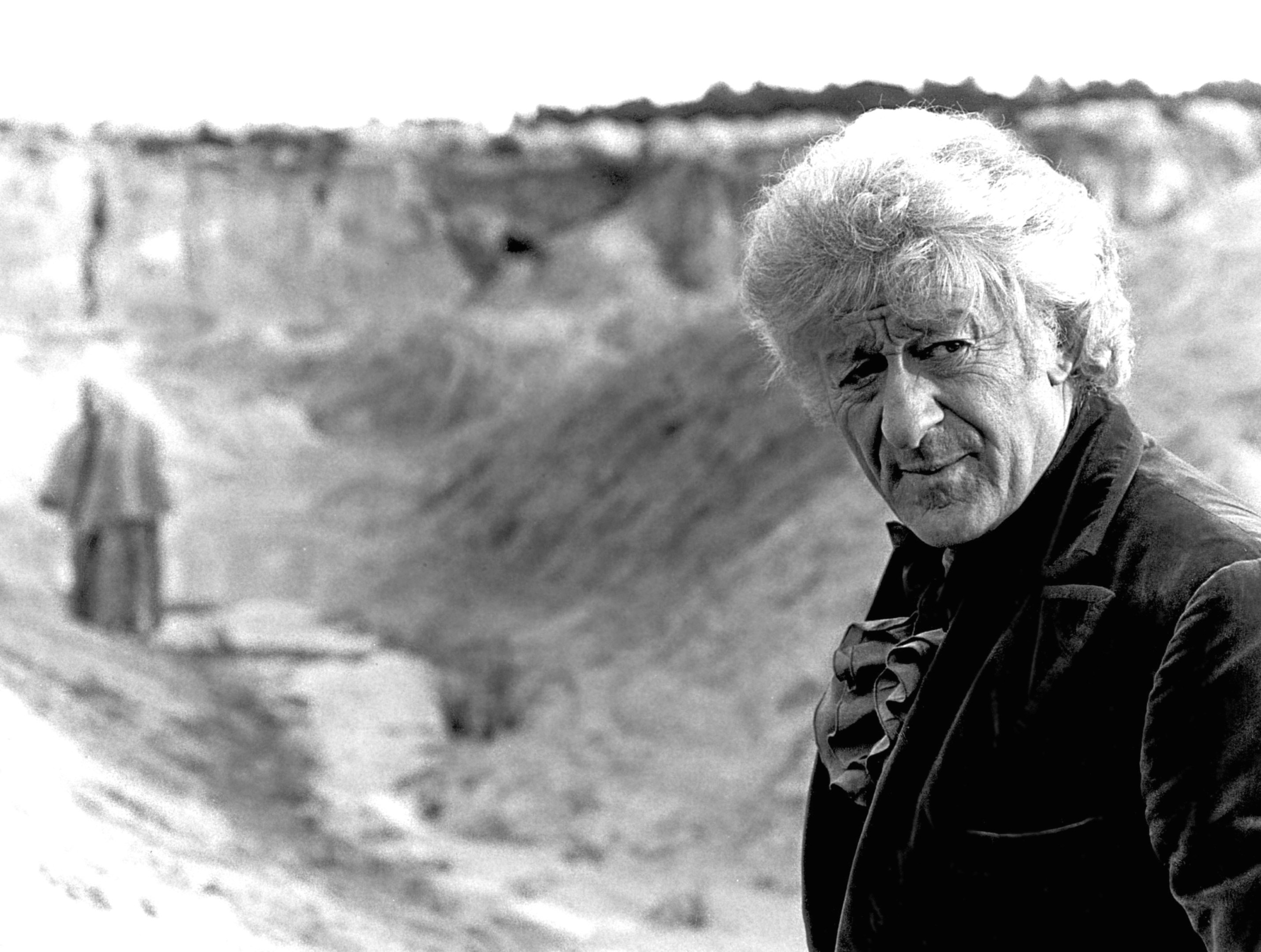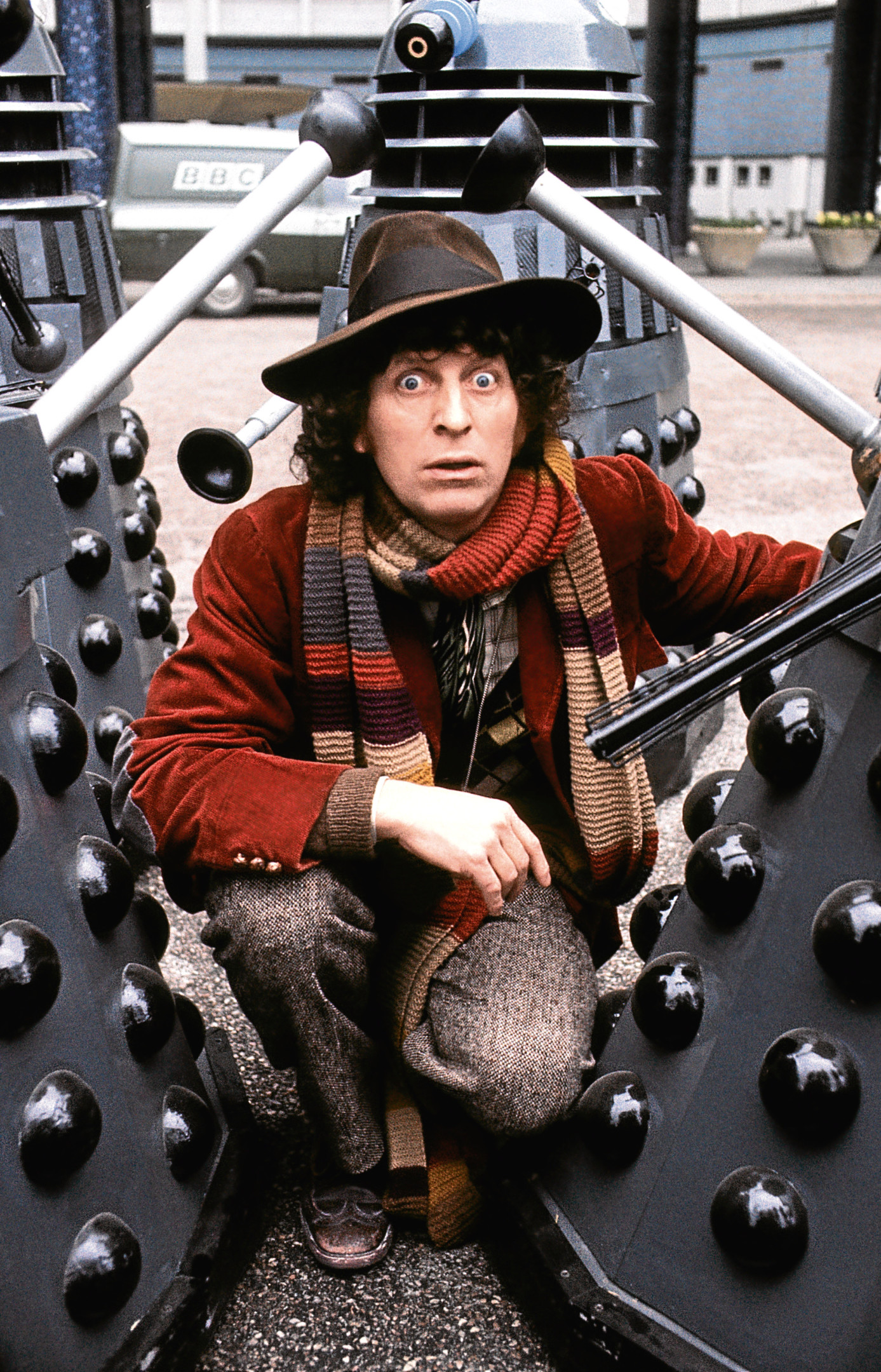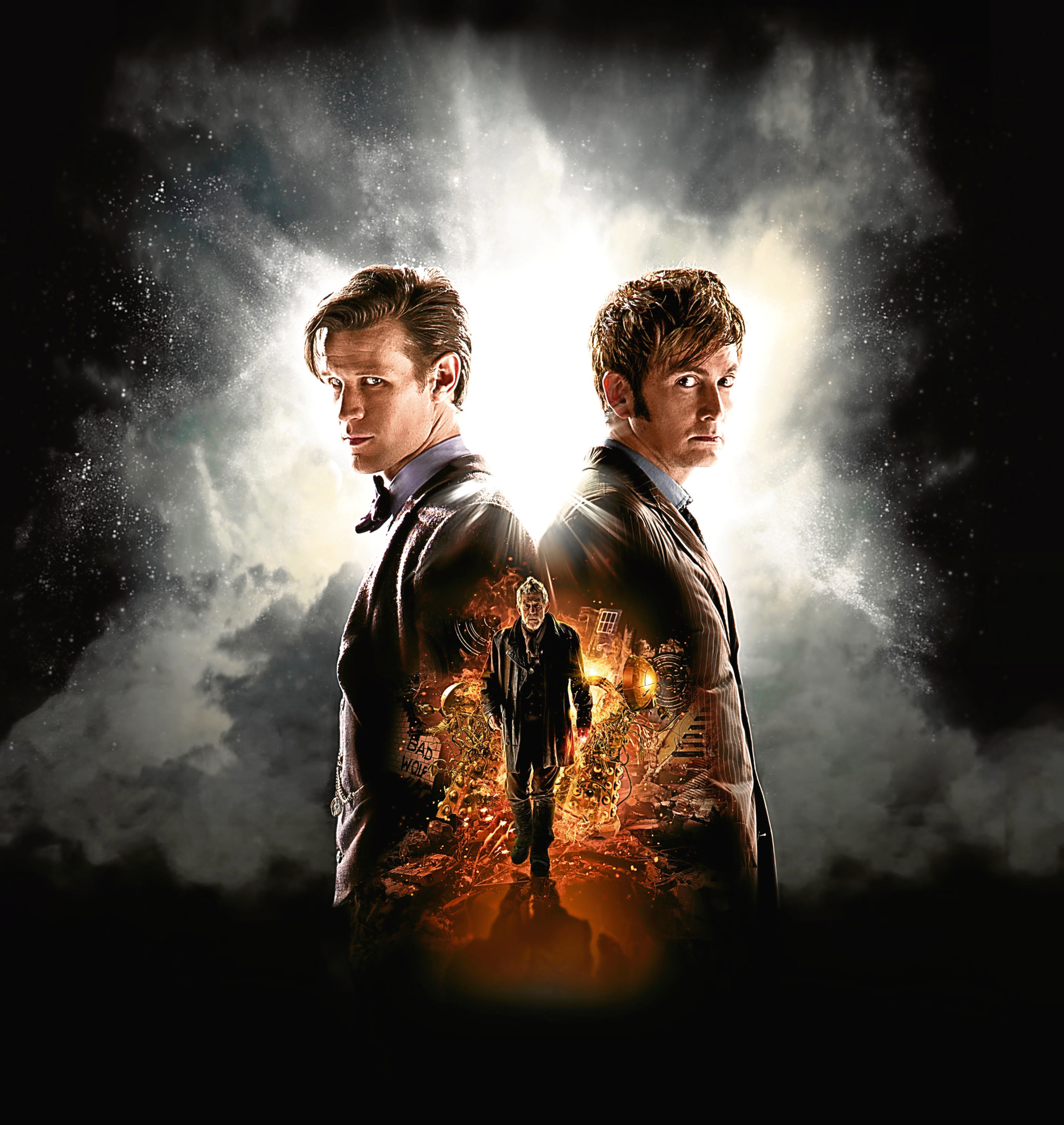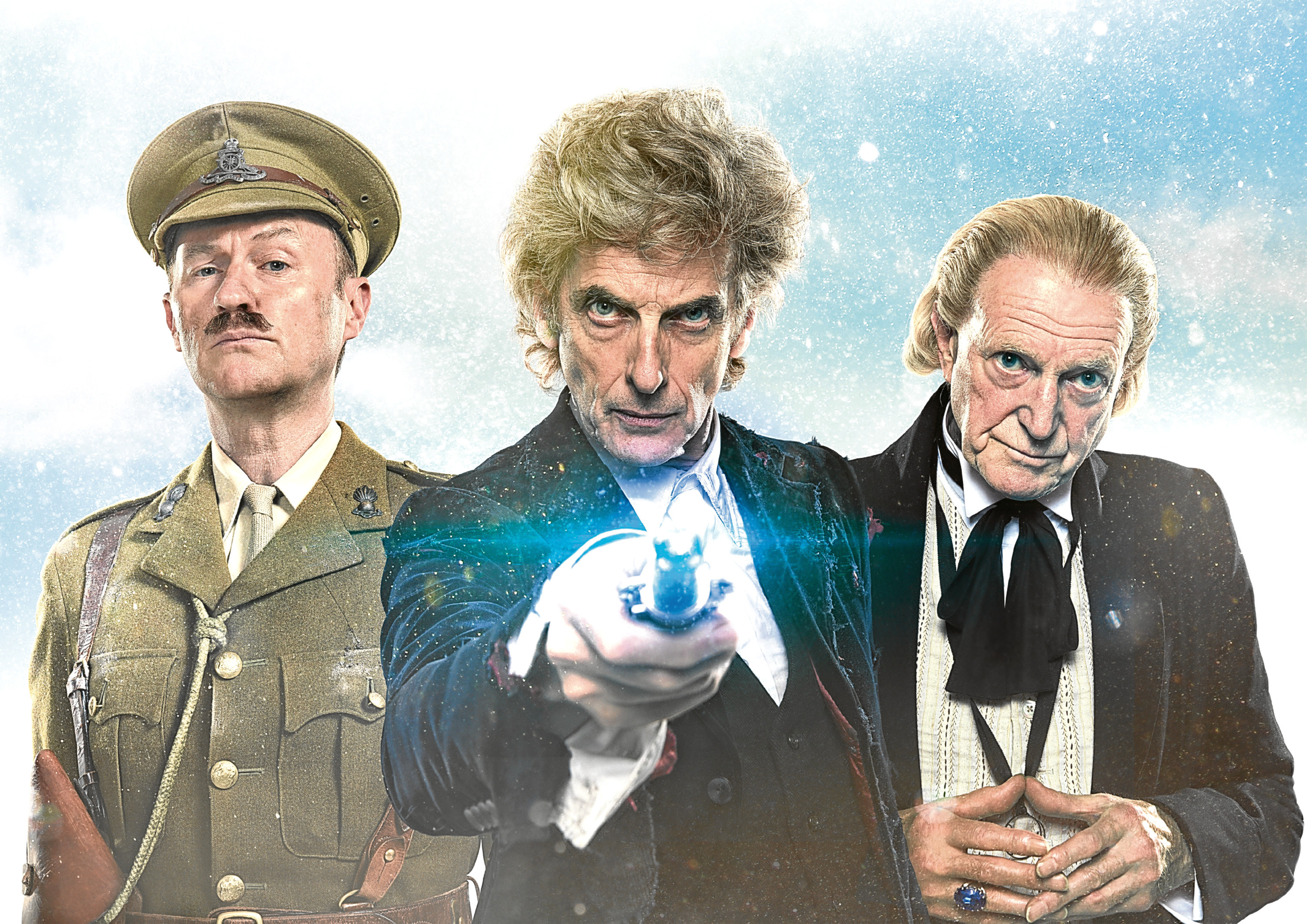
THE year is 1966. England won the World Cup. The Beatles started recording something called Sgt. Pepper’s Lonely Hearts Club Band. Harold Wilson was Prime Minister. Your humble correspondent joined the human race.
And the production team of popular BBC children’s TV serial Doctor Who had a major problem.
Their star since the show’s beginning in 1963, William Hartnell, was in deteriorating health and would have to leave the role of the time-travelling alien known as the Doctor.
Rather than simply end the show with Hartnell’s departure, it was decided to continue with a new actor in the lead role.
And so the quite-brilliant concept of the Doctor, as an alien, being simply able to renew himself physically was devised.
51 years on, regeneration, as this process came to be known, is the central theme of the 2017 Doctor Who Christmas special, as the very first Doctor returns alongside the current incarnation.
In Twice Upon A Time, Peter Capaldi’s Doctor is approaching the end of his life, and as “something has gone very wrong with time”, he encounters his first incarnation at the point of his own impending regeneration.
William Hartnell passed away in 1975, so David Bradley takes over the role of the first Doctor.
Bradley actually portrayed Hartnell in a biopic of the early years of Doctor Who, An Adventure In Time And Space, four years ago.
“I was playing the guy who was playing the Doctor, but now I’M the Doctor,” says David. “It’s absolutely thrilling.
“I hope people won’t say: ‘Well, it’s obviously not the same bloke.’ You do your best, and you hope the fans will accept the fact you’re playing him, but it’s your version of him.
“It’s partly William Hartnell’s Doctor but, I have to say, it’s also mine.”
One person is particularly excited to see David on TV this Christmas — his three-year-old granddaughter, who will be watching him on screen for the first time.
“My son got her on camera and she said: ‘My grandad is Doctor Who!’” adds David with immense pride.
Another familiar face in the Christmas special will be Mark Gatiss, who plays a First World War officer known only as The Captain.
Plot details are sketchy — which is good news (aren’t spoilers awful?) — about what happens throughout this latest romp in time and space, but I’m pretty sure how it will end.
Peter Capaldi will turn into Jodie Whittaker and, for the first time, the Doctor will be a woman.
Jodie’s first appearance — and first words — are eagerly awaited, as the novelty of a regeneration of a Doctor always ensures a bigger-than-usual audience for the show.
Jodie’s tenure as the Thirteenth Doctor is for the future — her first series isn’t expected until autumn 2018 — but going back in time, how many regenerations do you remember?
That first one, in October, 1966, saw Hartnell’s features blur and become those of Patrick Troughton.
Although he is probably the least remembered of all the Doctors, Troughton’s role in the show’s iconic history is important.
Had viewers not taken to his different interpretation of the title character, it’s unlikely the show would have reached the 1970s, never mind 2018.
Hartnell’s Doctor was an irascible and often bad-tempered old man, albeit one who mellowed considerably — in one of his early episodes, he had to be stopped from dropping a rock on the head of a caveman!
Troughton’s Doctor was much lighter, familiarly described as a “cosmic hobo”, complete with bow-tie, baggy trousers and with a penchant for playing the recorder.
Matt Smith’s Doctor over 40 years later paid more than a little nod to the Troughton years.
When Troughton himself called it a day after three years, not only did he regenerate into a new man — he changed from black and white to colour.
The Third Doctor, Jon Pertwee, took over in 1970 just as the series was screened in colour for the first time.
By now, the process of regeneration and an entirely-different actor in the title role was well established, but it was still big national news when a Doctor decided to move on.
That said, in the 70s and 80s, the idea of a gender-fluid Doctor might have been a bit much. It still is for some, but then evolution has always had its critics.
The fourth man at the helm of the TARDIS was the incomparable Tom Baker. Big smile, even bigger hair and a bigger still multi-coloured scarf, Tom was “my” Doctor growing up and he stayed in the role from 1974 to 1981.
“It’s the end, but the moment has been prepared for,” the Fourth Doctor told his companions as he lay, apparently dying, after plunging from a radio telescope. As you do.
That prepared moment was Peter Davison, who stayed in the role for three years before regenerating into Colin Baker.
It was widely reported that then BBC Controller, Michael Grade, was no fan of the show nor Baker’s version, leading to the show being given a hiatus in the mid 80s, and Baker ultimately given the boot.
Unsurprisingly, Baker decided not to film a regeneration sequence.
Sylvester McCoy was the Seventh Doctor between 1987 and 1989, but poor viewing figures led to the show being cancelled.
McCoy returned in 1996 to film his regeneration at the beginning of a special TV movie version of Doctor Who, in which Paul McGann took over as the Time Lord.
When the show was revived in a blaze of publicity in 2005, Christopher Eccleston was the new Doctor, and regeneration was to the forefront at the end of that first series, when David Tennant took over.
After a hugely-successful run, Tennant gave way to Matt Smith in 2010, before Peter Capaldi was handed the keys to the TARDIS four years later.
And now, Capaldi is one Christmas special from being another former Doctor, and could he even be the last man to play the role? Who knows . . .

Enjoy the convenience of having The Sunday Post delivered as a digital ePaper straight to your smartphone, tablet or computer.
Subscribe for only £5.49 a month and enjoy all the benefits of the printed paper as a digital replica.
Subscribe